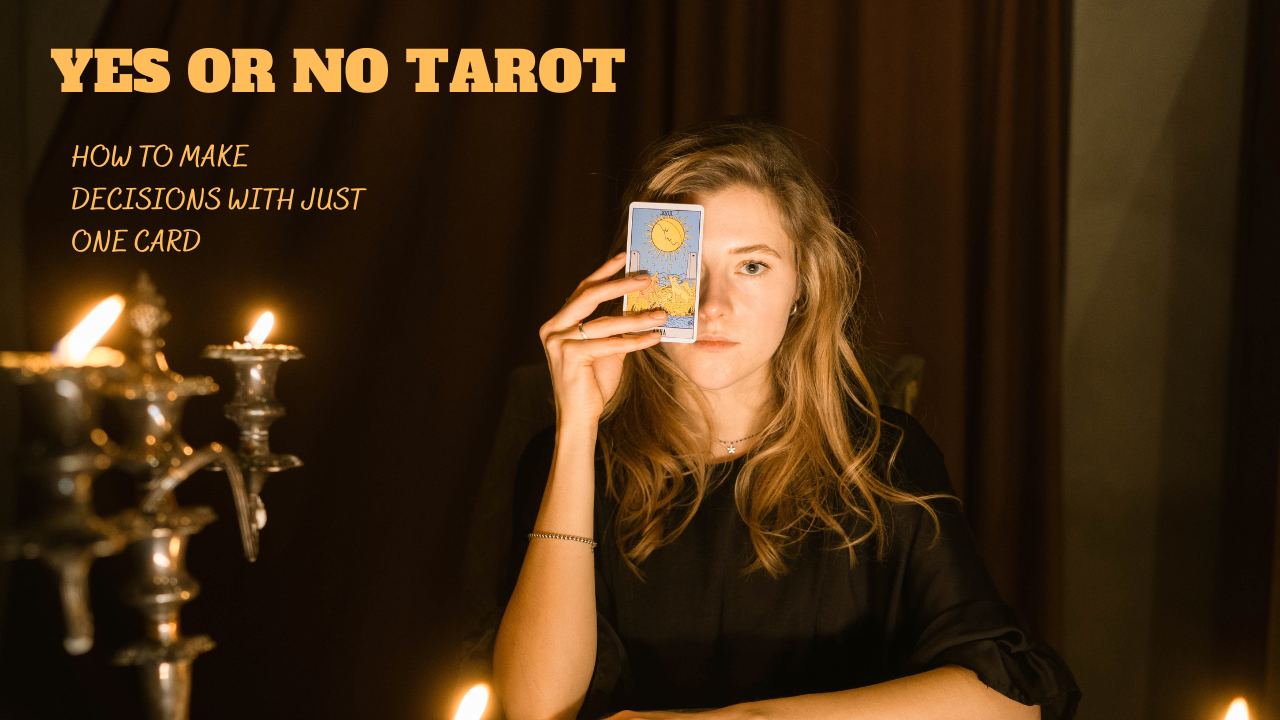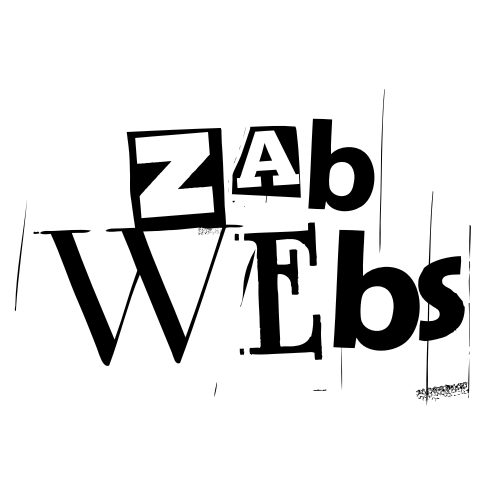
Tarot cards have been used for quite a while as an instrument for divination and self-reflection. Posing clear inquiries and getting direct reactions, for example, “yes” or “no” is one well known method for utilizing tarot? Individuals who are searching for fast solutions to explicit inquiries can profit from this training, which is some of the time alluded to as “Yes or No Tarot.” We’ll go over the essentials of Yes or No Tarot, how it works, and how you can apply it to your life in this article.
What is Yes or No Tarot?
Indeed or No Tarot is an improved on rendition of the tarot that spotlights on giving direct reactions to specific inquiries. Indeed or No Tarot, rather than conventional tarot readings, regularly includes just attracting one card to give a solution to an inquiry. In view of the card’s imagery, significance, and direction, a “yes” or “no” reaction is then given. Assuming you’re new to the tarot or need fast, clear guidance, this kind of perusing is ideal for you. Because of its straightforwardness, it is regularly looked for a large number of requests, including vocation choices and individual connections.
How Does Yes or No Tarot Work?
The following steps are typically required to perform a Yes or No Tarot reading:
1. Make a Clear Statement of Your Question: Before you draw a card, you must make a clear statement of your question. The inquiry ought to be explicit and ought to be one that can be replied with a straightforward “yes” or “no.” For instance, “Will I be hired?” or on the other hand “Is this relationship ideal for me?”
2. The Tarot: After you have your question, you shuffle the deck while concentrating on it. This is a significant stage as it assists with interfacing your energy with the cards.
3. Draw a Card: Draw one card from the deck after shuffling. Your question will be answered with this card.
4. Interpret the Card: Based on its traditional meaning, the drawn card is interpreted as either a “yes” or a “no.”
For example:
Positive Cards: Cards like The Sun, The Star, or The World are often interpreted as a “yes.”
Negative Cards: Cards like The Tower, The Devil, or The Moon might be interpreted as a “no.”
Neutral Cards: Some cards, like The Hanged Man or the Two of Swords, can suggest a “maybe” or that the outcome is uncertain, depending on the context.
The Benefits of Yes or No Tarot
Yes or No Tarot has gained popularity for several reasons The following are some major advantages::
1. Quick and Simple Guidance
The Yes or No Tarot’s simplicity is its primary draw. Analyzing a large number of cards or intricate spreads does not require a lot of time. Because a single card gives a clear answer, it’s a quick way to get information.
2. Great for Beginners
Yes or No readings are a simple way for people who are new to tarot to get started. To perform these readings, you do not need to be an expert in tarot symbolism. With a fundamental comprehension of the implications of the major and minor esoteric, anybody can begin utilizing Yes or No Tarot.
3. Focus on Specific Questions
When you need answers to specific, focused questions, Yes or No Tarot is a good choice. This type of tarot can help you narrow down your options if you need clarity on a particular topic or if you need to make a decision.
4. Provides a Sense of Direction
Sometimes, when faced with uncertainty, even a simple “yes” or “no” can provide the direction you need. It helps you make decisions, move forward with confidence, or reconsider your options.
5. Accessible Anytime
Yes or No Tarot can be performed quickly and easily even while on the go, in contrast to a full tarot reading, which may require setting aside time and space. You can use the Yes or No Tarot to get answers to your most pressing questions whether you’re at home, at work, or on the road.
Understanding Tarot Card Meanings
To successfully play out a Yes or No Tarot perusing, it’s essential to have a fundamental comprehension of tarot card implications. The major arcane cards and their general yes or no interpretations are summarized in the following brief overview:
The Fool: Yes – Represents new beginnings, adventure, and taking risks.
The Magician: Yes – Signifies creativity, manifestation, and success.
The High Priestess: Maybe – Suggests secrets, intuition, and the unknown.
The Empress: Yes – Symbolizes abundance, growth, and nurturing.
The Emperor: Yes – Represents authority, structure, and stability.
The Hierophant: Yes – Reflects tradition, spirituality, and conformity.
The Lovers: Yes – Indicates love, harmony, and relationships.
The Chariot: Yes – Signifies determination, victory, and control.
Strength: Yes – Represents courage, inner strength, and resilience.
The Hermit: Maybe – Suggests introspection, solitude, and searching for truth.
The Wheel of Fortune: Yes – Signifies change, luck, and destiny.
Justice: Yes – Reflects fairness, balance, and legal matters.
The Hanged Man: Maybe – Suggests waiting, sacrifice, and seeing things from a different perspective.
Death: No – Symbolizes endings, transformation, and change.
Temperance: Yes – Represents balance, patience, and harmony.
The Devil: No – Reflects temptation, addiction, and negativity.
The Tower: No – Signifies sudden change, upheaval, and destruction.
The Star: Yes – Symbolizes hope, inspiration, and renewal.
The Moon: No – Reflects confusion, illusions, and uncertainty.
The Sun: Yes – Signifies happiness, success, and positivity.
Judgment: Yes – Represents rebirth, awakening, and making important decisions.
The World: Yes – Symbolizes completion, achievement, and fulfillment
These are just the major arcane cards, but Yes or No Tarot also includes interpretations for the minor arcane, which consists of four suits: Cups, Pentacles, Swords, and Wands. Each suit has its own meaning and significance in a Yes or No reading.
Common Yes or No Tarot Questions
People turn to Yes or No Tarot for a variety of reasons, and the questions they ask often reflect important aspects of their lives. Here are some common types of questions that people ask during Yes or No Tarot readings:
1.Love and Relationships
“Will I meet my soul mate?”
“Is my partner being honest with me?”
“Should I end this relationship?”
2.Career and Work
“Will I get the promotion?”
“Should I change my job?”
“Is this business thought going to find success?””
3.Health and Well-being
“Will I recover soon?”
“Is this treatment the right choice for me?”
“Should I focus on my mental health?”
4.Personal Growth
“Am I on the right path?”
“Should I take this risk?”
“Is it time for me to make a big change?”
5.Finance and Money
“Will I get a raise?”
“Is this investment a good idea?”
“Should I make this purchase? These questions often tap into people’s deepest concerns and uncertainties, making Yes or No Tarot a powerful tool for guidance.
How to Use Yes or No Tarot Wisely?
While Yes or No Tarot can be a helpful tool, it’s important to use it wisely. Here are a few tips for making the most of your readings:
Be Clear and Specific
The more unambiguous your inquiry, the more clear the response will be. Avoid ambiguous inquiries such as “What should I do?” Instead, concentrate on a specific question, like “Should I move to a new city?” The tarot cards will be able to respond more effectively and meaningfully as a result of this.
Don’t Overuse It
Although it may be tempting to use the Yes or No Tarot for every decision, it is best not to rely too heavily on it. Tarot is intended to give direction, not pursue choices for you. Use it as an instrument for understanding instead of as a brace for navigation.
Trust Your Intuition
Tarot cards work best when you trust your intuition. When interpreting a card, pay attention to how it makes you feel and what thoughts come to mind. Sometimes, your gut instinct can provide more clarity than the card itself
Keep an Open Mind
Yes or No Tarot can sometimes give unexpected answers. If you receive a “no” when you were hoping for a “yes,” try not to get discouraged. Instead, consider how this answer might be pointing you toward a better path or helping you avoid potential pitfalls.
Reflect on the Results
After a Yes or No Tarot reading, take some time to reflect on the answer you received. How does it relate to your current situation? What actions can you take based on the insight you gained? Reflecting on your reading can help you better understand its significance and how to move forward.
Conclusion
The Yes or No Tarot is a straightforward yet potent tool for quickly answering life’s many questions. This type of tarot can provide straightforward answers that can help you make decisions about love, career, health, or personal development. You can do this by knowing what the cards mean, asking clear questions, and trusting your intuition.
